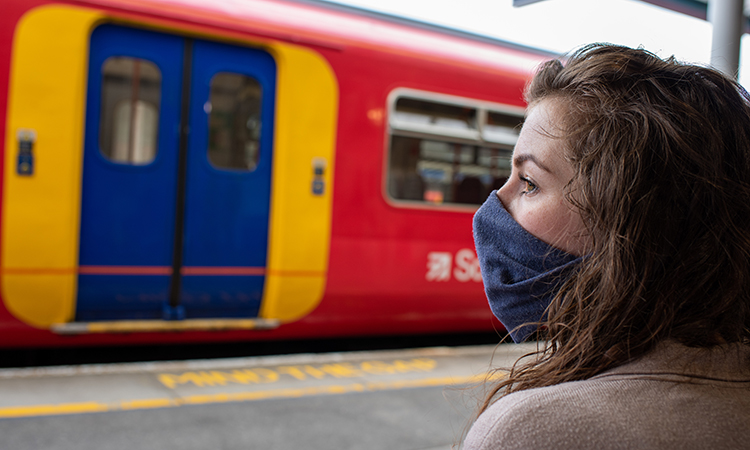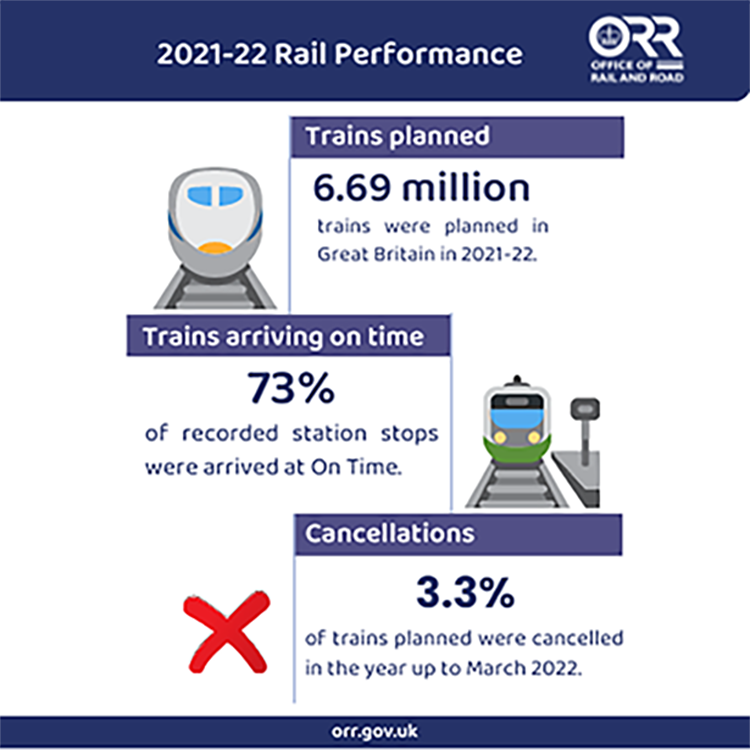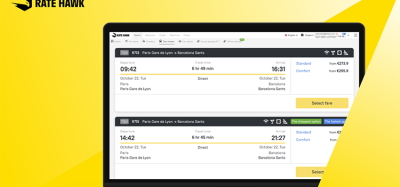ORR stats show rail performance is better than before pandemic
Posted: 27 May 2022 | Elliot Robinson (Editorial Assistant - Global Railway Review) | No comments yet
The latest ORR stats show that rail performance worsened in January to March 2022, although it still performed better than it was before the pandemic.


Wear a mask on the train coronavirus uk travel rail railway transport public
The Office of Rail and Road (ORR) has published its latest statistics on passenger rail performance. The rail regulator’s stats show performance worsened in January to March 2022, but punctuality was still better than before the pandemic.
Over three months, of the 1.64 million trains planned, 72.4 per cent arrived on time, 89.1 per cent arrived within 5 to 10 minutes after the scheduled arrival time and 3.9 per cent of trains were cancelled. Only one operator, Greater Anglia, improved its punctuality in January to March 2022, and the reliability of most operators worsened in this quarter. Over half (51.2 per cent) of cancellations were attributed to train operators and around a third (16.6 per cent) were the fault of track or signalling issues.
ORR’s stats also show that, in the year to March 2022 (1 April 2021 to 31 March 2022), 73 per cent of trains arrived on time and 89 per cent within 5 to 10 minutes. This was down 6.7pp compared with the previous year ending March 2021, but up 8.2pp compared with the year ending March 2020.
During the year, there were 6.69 million trains planned in Great Britain, which was up 9.6 per cent compared with the previous year ending March 2021 and down 14.1 per cent compared with the year ending March 2020.
Below is an ORR image on the 2021-2022 rail performance.


Credit: ORR







